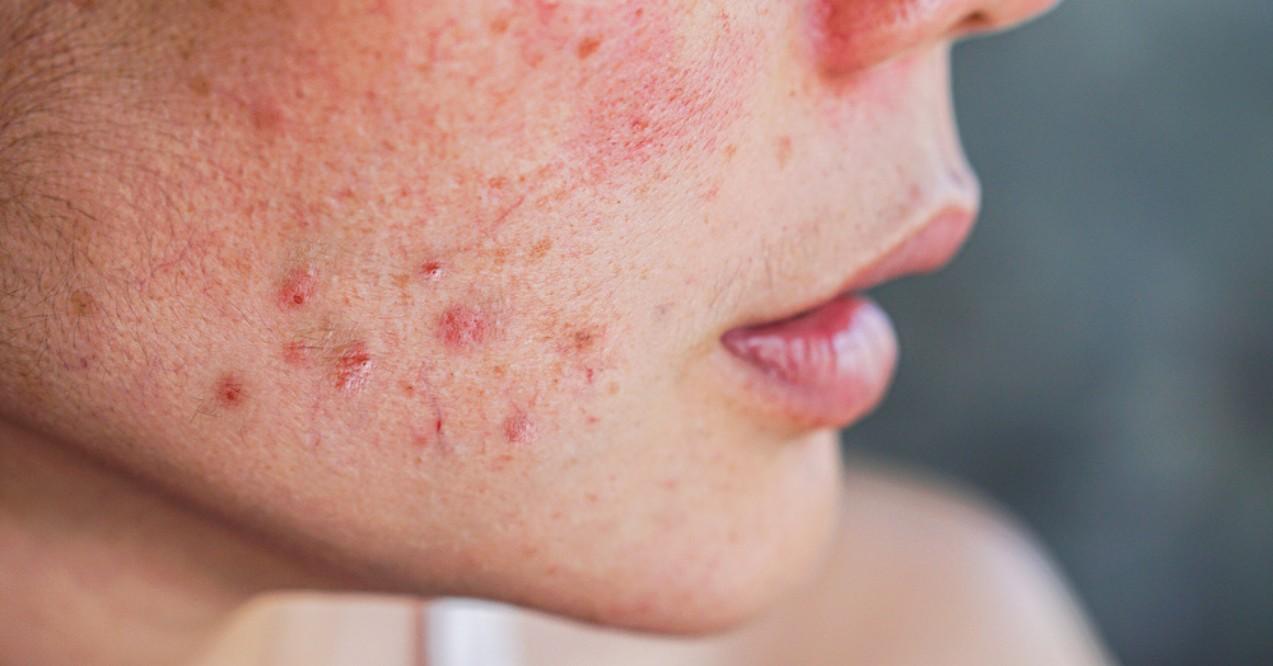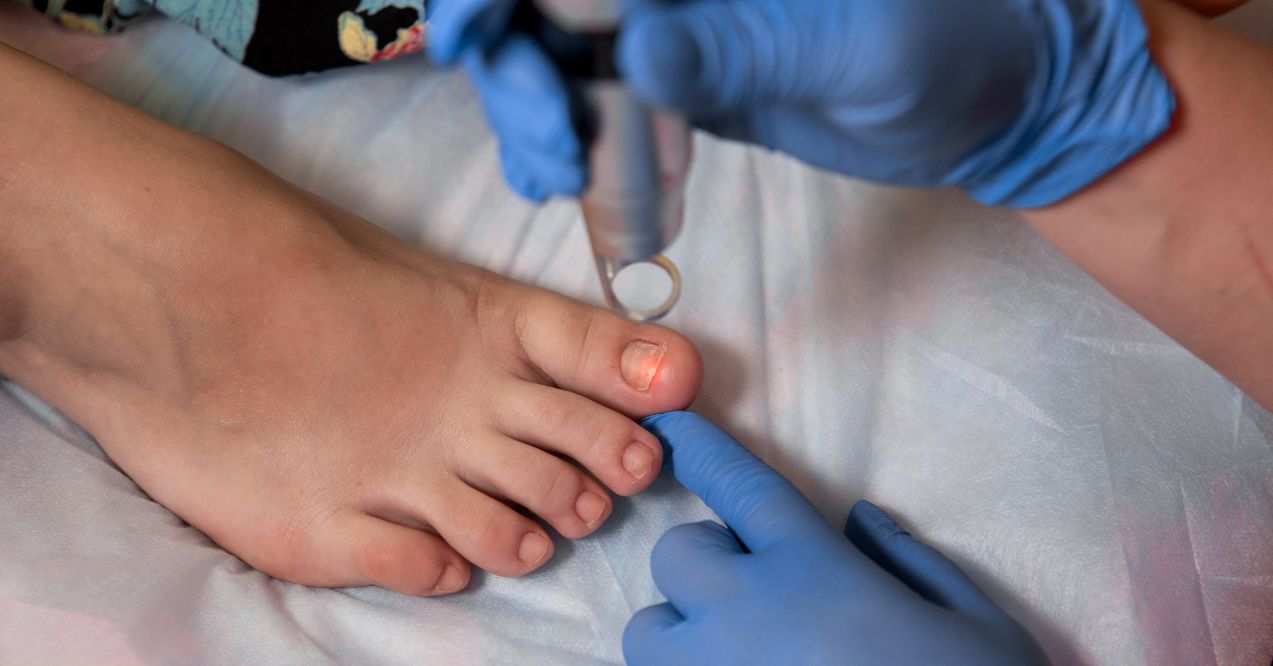Can Toenail Fungus Spread Internally?
Medically reviewed by our experts
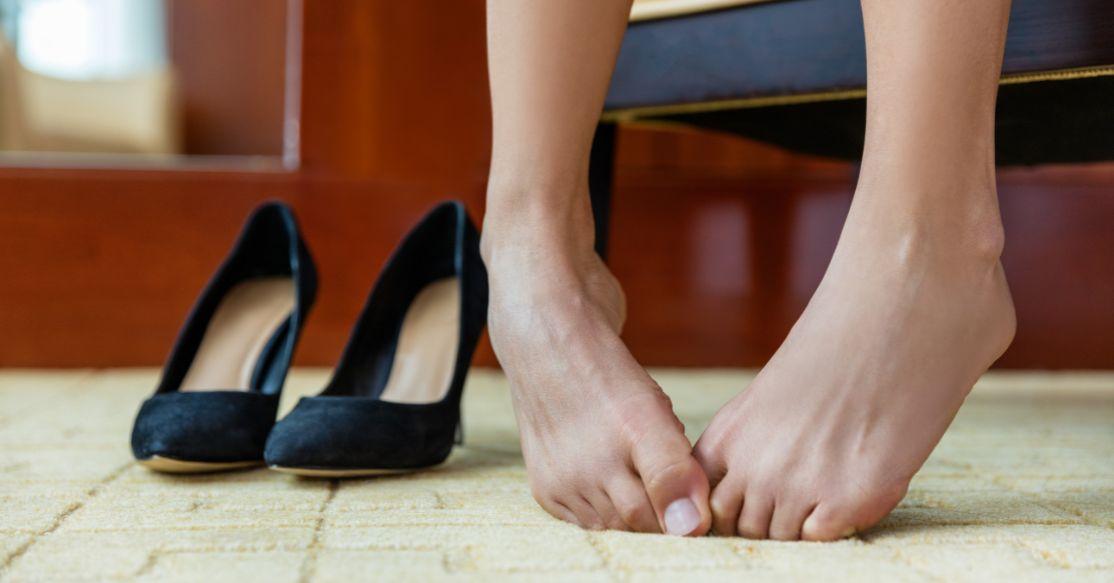

Can toenail fungus spread internally? This is a prevalent question among concerned patients, healthcare professionals, and researchers alike. Medically known as onychomycosis, toenail fungus is a common problem that affects people of all ages, genders, and nationalities. As its name states, this condition primarily targets the nails, particularly those on the pedal digits. Various species of fungi are the primary culprits for its appearance — including dermatophytes, yeasts, and molds.
Once these fungi reach your nail bed or plate, they thrive in a warm, moist environment, leading to nail discoloration, thickening, and brittleness. Over time, the infection may also cause discomfort, pain, and a foul odor, hurting the patient’s quality of life, self-esteem, and overall well-being. Although toenail fungus mainly impacts your nails and the surrounding tissues, there are concerns that it could spread to other organs, extending beyond their usual habitat and potentially making its way up to the rest of your body.
Could this type of infection infiltrate internal structures, such as bones and the circulatory system? Could it cause more significant health risks and complications if left untreated? Let’s delve into the intricacies of this widespread condition, debunking the myths surrounding it and shedding light on the latest findings. Read on!
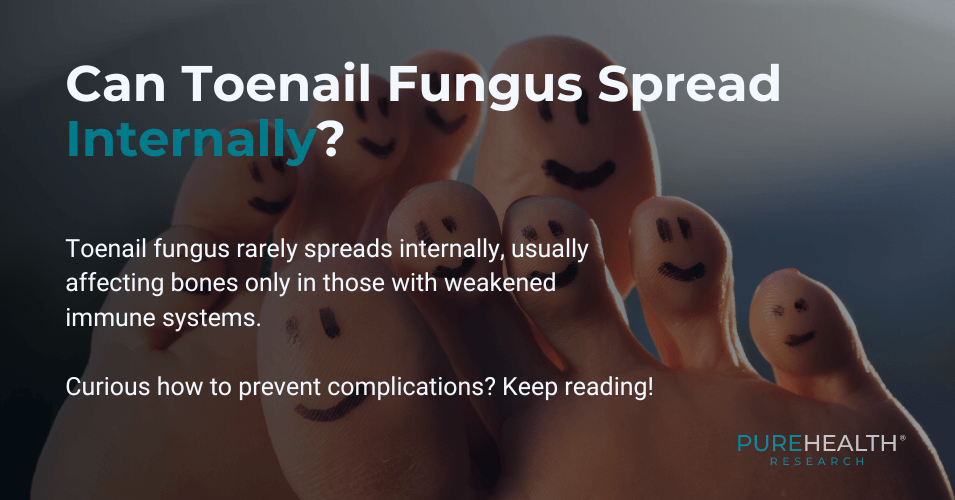

Can Toenail Fungus Spread to Internally? Lets Find Out
Although onychomycosis is primarily a superficial infection, it can certainly lead to complications if left untreated. But can toenail fungus spread internally, potentially reaching the bone? The short answer is — rarely. Some studies have shown that, in severe cases, this unwelcome guest might spread to surrounding tissues. Still, bone involvement usually only occurs in individuals with weakened immune systems due to conditions like lymphoma, organ transplantation, diabetes, prolonged use of immunosuppressive medications, etc.
To prevent intricacies and enhance the health and appearance of your nails, you should seek prompt treatment for onychomycosis once you notice its first symptoms. Viable options include oral antifungal drugs, topical antifungal therapies, and, in certain instances, surgical procedures to eliminate the infected tissue. Keep in mind that, as with any health matter, seeking guidance and proper diagnosis from a healthcare professional is the best course of action.
Why Does Toenail Fungus Spread So Easily?
If you have ever experienced a toenail fungal infection, you might have noticed this pesky condition can spread like wildfire, sometimes even affecting those close to you. But why does this happen? One of the primary reasons for its rapid spread is the resilient nature of the fungal organisms causing the infection. As mentioned earlier, these fungi possess the ability to adapt and thrive in various environments, including warm and humid conditions commonly found within footwear and socks.
The structure of our feet and toenails can significantly affect the likelihood of fungal infection. Toenails have a dense keratin cell composition, making them a prime location for fungal growth and colonization. Once the fungi enter the nail plate, they can quickly establish themselves in the nail bed, making it difficult for topical treatments to reach and cure the infection at its root.
Additionally, toes are tightly packed together, making it much easier for fungal spores to spread. These spores can easily stick to socks, shoes, and various surfaces, enabling them to infect other toenails or individuals sharing the same living spaces or common areas. Lifestyle factors such as walking barefoot in public places like gyms and pools can also increase the risk of fungal transmission. Lastly, inadequate nail care, poor hygiene practices, and weakened immune systems can all contribute to the susceptibility to this ailment and its rapid spread.
In the midst of this, you might be wondering how to know if toenail fungus is dying. This is crucial as it can help you understand if your treatment is working. When toenail fungus is dying, you may notice that the discoloration is fading and the nail is starting to return to its normal color. The thickness of the nail may also decrease. However, it’s important to continue your treatment until all symptoms have completely disappeared to ensure the fungus is completely eradicated.
How to Prevent the Spread of Toenail Fungus?
Can toenail fungus spread internally? Seldom, but it’s incredibly contagious from person to person in the right conditions and without proper preventative measures. As mentioned earlier, onychomycosis is easily transmittable and hard to get rid of due to its resilient nature and the favorable environment that facilitates its growth. Preventing its spread requires adopting specific practices and a proactive approach to minimize any risks. Here’s what you can do to keep this troublesome ailment at bay:
Tip 1: Keep Your Shoes Dry


Moisture plays a pivotal role in the proliferation of toenail fungus, making its management a fundamental aspect of preventing such infections. Therefore, keeping your footwear dry is a crucial strategy for maintaining comfortable and healthy feet. This measure involves ensuring proper ventilation and selecting shoes with moisture-wicking materials. Choosing fabrics that promote optimal air circulation is vital, minimizing the potential for moisture buildup.
Another effective way to keep your shoes as dry as possible is to rotate your selection regularly. Doing so allows each pair sufficient time to air out and dry between uses. In situations where moisture gets into your shoes, like getting caught in the rain or accidentally sticking your shoe in a puddle, it’s vital to act quickly. Employing rapid drying techniques, such as using fans or harnessing sunlight, can be very helpful. Promptly eliminating moisture establishes an unfavorable environment for fungal growth that will keep you from wondering, “Can toenail fungus spread to internal organs?”
Tip 2: Wear Footwear in Communal Pools and Locker Rooms
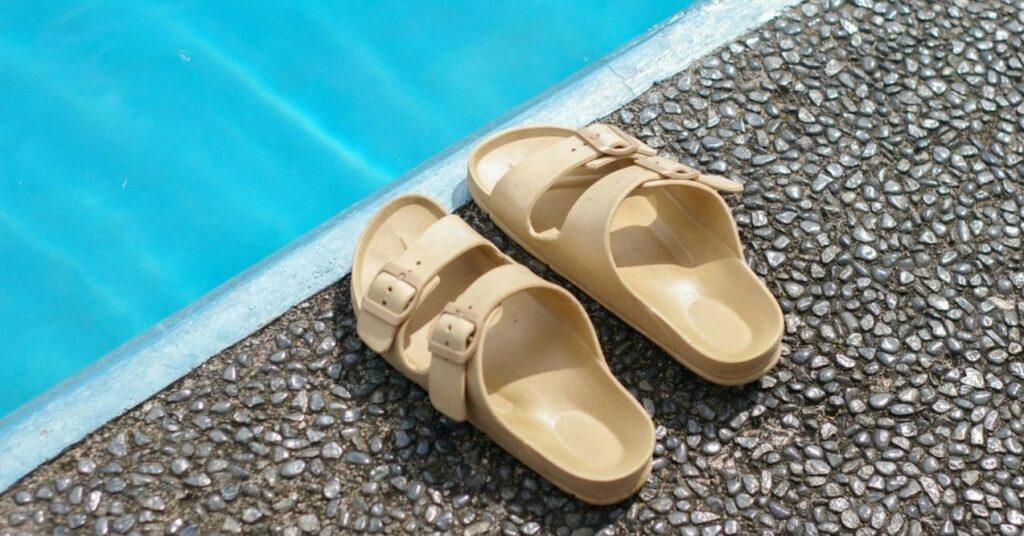

If you have been keeping up, you are probably well aware of the highly contagious nature of onychomycosis by now. This common condition spreads readily, especially in places where you share facilities with other people — such as swimming pools or gym locker rooms. These environments are well known for being textbook examples of breeding grounds for the fungal spores that cause fungus in the nails. It’s essential to take proactive measures when visiting such places to prevent the spread of these spores and subsequent infections.
Remarkably, a simple action like choosing appropriate footwear can make a significant difference in toenail fungus propagation. Opting for options like sandals or flip-flops can effectively prevent your feet from direct contact with potentially contaminated surfaces. By creating this barrier, you effectively safeguard your toenails, ensuring they remain fresh and untainted. The significance of this practice goes beyond personal foot health. It plays a role in maintaining the overall hygiene of shared spaces, diminishing the risk of fungal transmission.
Tip 3: Wear Breathable Shoes


As previously stated, onychomycosis thrives in warm, moist environments, making the nails on your toes an easy target for a fungal infection. When feet are trapped in non-breathable shoes, sweat accumulates and fails to dissipate adequately. This dampness creates an ideal breeding ground for fungi to propagate, resulting in the onset of mycotic infections on the nail and surrounding tissues. Conversely, breathable shoes facilitate moisture wicking and uphold a drier ambiance, impeding fungal growth and diminishing the likelihood of infection.
Materials like mesh, canvas, and specific types of leather enable proper aeration, fostering air exchange and sustaining dry feet. Moreover, breathable shoes offer advantages that extend beyond fungal prevention. They aid in thwarting other foot conditions, including athlete’s foot and bacterial infections, which also thrive in damp environments.
Tip 4: Change Socks After Sweating
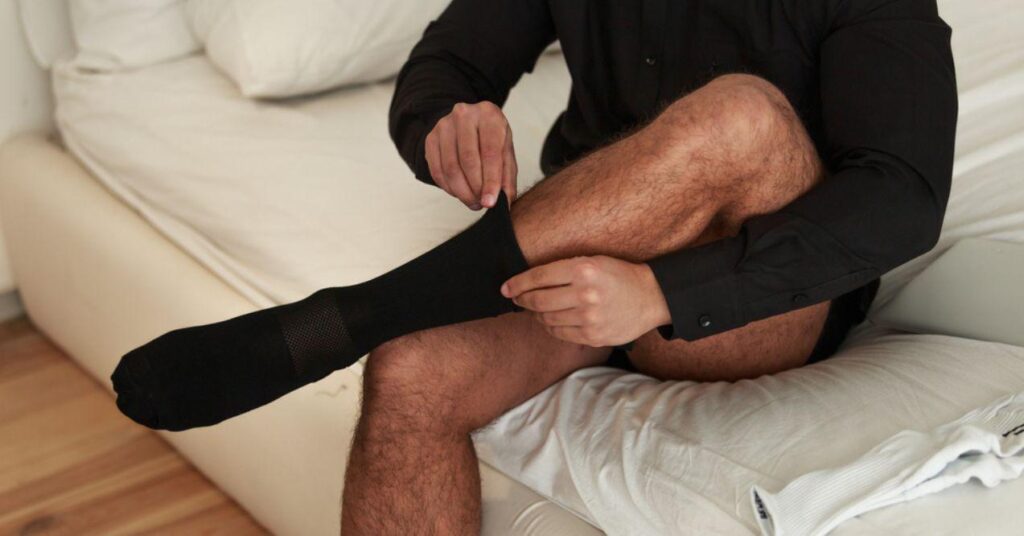

When you engage in physical activities, experience elevated temperatures, or keep your shoes on for extended periods, your feet perspire to regulate body temperature. That’s a natural response you cannot avoid, but the resulting dampness is a recipe for disaster when it comes to onychomycosis prevention. Fortunately, regularly changing socks helps combat this issue by reducing the accumulation of moisture, depriving the fungi of the conditions they require to grow.
Wearing wet socks can also soften your nails and skin, making them more prone to wounds that foster fungal infections. To avoid this, switching to fresh and dry socks whenever necessary is advisable to create a hostile environment for mycotic growth and decrease the chances of getting infected. Additionally, choosing moisture-wicking fabrics such as synthetic blends and merino wool can be helpful in preventing onychomycosis. These materials are designed to pull moisture away from the skin, encourage evaporation, and keep feet dry.
Tip 5: Be Courteous with Toenail Clippers
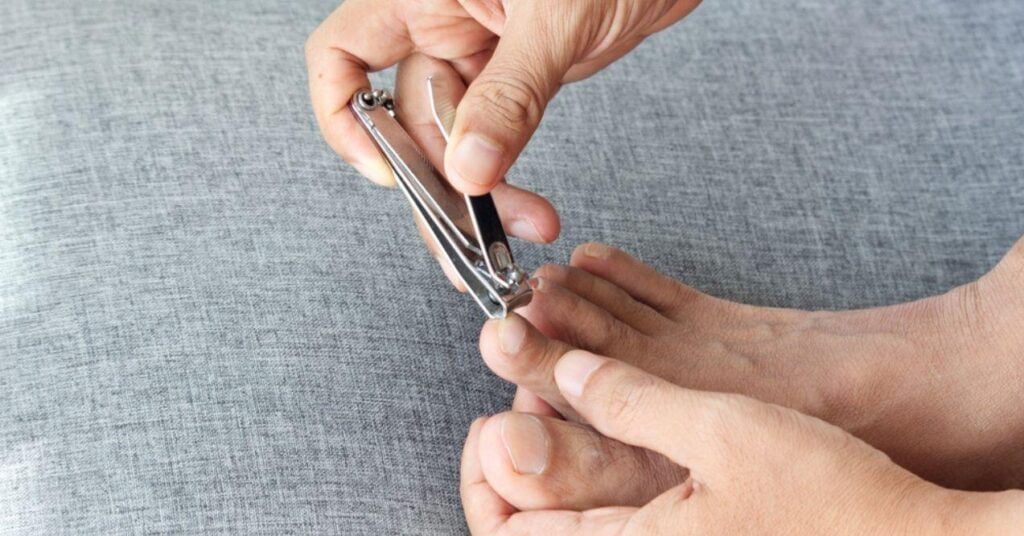

Can toenail fungus spread to internal organs? Not really, especially if you prevent this uncomfortable condition from happening. Keep in mind that onychomycosis, although not typically extending beyond the nail and surrounding tissues, can be easily transmitted from one person to another through various means. One of the most common ways is sharing personal hygiene items like toenail clippers, cuticle pushers, and more. While ideally, you wouldn’t engage in such practices, if you find yourself in a situation where sharing is necessary, you must exercise extreme caution and practice proper etiquette to minimize risks.
When it comes to sharing clippers and other toenail grooming supplies, prioritizing thorough disinfection is crucial before and after each use. Neglecting to sanitize these essential self-care tools properly can significantly increase the potential for cross-contamination and the unnecessary dissemination of infections.
As previously mentioned, maintaining personal clippers designated for individual use presents an even safer approach. This measure is especially fitting if you’ve observed symptoms such as nail discoloration, thickening, or brittleness in your own toenails. By adhering to these guidelines and practicing considerate hygiene habits, you can significantly reduce the likelihood of spreading onychomycosis and contribute to the overall well-being of both yourself and others.
Tip 6: Support Toenail Health With Dietary Supplements
Toenail fungus is not only a cosmetic concern due to its unsightly appearance but also a potential health hazard when left untreated. The condition can lead to pain and discomfort, but can toenail fungus spread internally? While the answer may vary based on your very own health condition, it doesn’t make it any less important to manage this ailment timely and adequately.
Traditional topical treatments often struggle to penetrate deep into the nailbed where the fungus resides. This limitation makes dietary supplements like Fungus Eliminator an attractive option as they combine a potent blend of natural ingredients, each backed by scientific evidence for combating toenail mycotic outbreaks. For instance, Wormwood acts as a protective shield against various fungal strains, while Caprylic Acid works rapidly to destroy invading fungi, and Turmeric enhances immunity functions and guards against infections.
The carefully crafted formula of PureHealth Research’s Fungus Eliminator also includes ingredients like:
- Basil Leaf
- Oregano
- Garlic Bulb
- Olive Leaf Extract
The above-mentioned ingredients possess antimicrobial properties, helping battle fungal spores and supporting overall immune health.
Remember that consistency is key when using dietary aids for toenail fungus treatment. Depending on the severity of the infection, you may notice visible improvements within a matter of weeks. Continuing the protocol until the affected nail grows out completely is recommended to ensure thorough eradication. As with any other supplement, though, it’s advisable to consult your primary healthcare provider before incorporating our, Dr. Holly Lucille recommended, Fungus Eliminator into your diet.
Final Thoughts
Can toenail fungus spread internally? The potential spread of toenail fungus to the bone and other organs is a rare occurrence, predominantly affecting individuals with compromised immunity.
Preventive measures, such as ensuring your shoes and socks remain dry, opting for suitable footwear in shared spaces, adhering to proper hygiene practices, and following proper etiquette when sharing personal grooming tools, becomes crucial in mitigating risks and keeping your toenails in top condition.
Moreover, consuming dietary supplements like Fungus Eliminator can serve as valuable internal support, providing a holistic approach to combat toenail fungus and safeguarding comprehensive foot health.
It’s uncommon, but there is a possibility that toenail fungus can spread to internal organs. This is more likely to occur in individuals with weakened immune systems or other underlying health conditions. If the fungus enters the bloodstream, it can potentially reach organs like the lungs, heart, or brain.
If toenail fungus spreads internally, it can lead to systemic fungal infections. These infections can be severe and may cause symptoms like fever, chills, muscle aches, and fatigue. In extreme cases, it can lead to organ damage or failure, especially if not treated promptly.
To prevent toenail fungus from spreading internally, it’s crucial to treat the infection as soon as it’s detected. Keeping your feet clean and dry, wearing breathable shoes, and avoiding walking barefoot in public places can also help prevent toenail fungus. If you suspect you have a fungal infection, consult a healthcare professional for appropriate treatment.
Yes, individuals with compromised immune systems, such as those with HIV/AIDS, diabetes, or those undergoing chemotherapy, are at a higher risk of toenail fungus spreading internally. Elderly individuals and those with chronic health conditions may also be more susceptible. It’s essential for these individuals to be particularly vigilant about foot hygiene and seek medical attention if they suspect a fungal infection.
Remember, while the risk of toenail fungus spreading internally is low, it’s essential to be aware of the potential complications and take preventive measures. If you have concerns about toenail fungus or its potential to spread, consult a healthcare professional.
Popular Articles
Advertisement. This site offers health, wellness, fitness and nutritional information and is designed for educational purposes only. You should not rely on this information as a substitute for, nor does it replace, professional medical advice, diagnosis, or treatment. If you have any concerns or questions about your health, you should always consult with a physician or other health-care professional. Do not disregard, avoid or delay obtaining medical or health related advice from your health-care professional because of something you may have read on this site. The use of any information provided on this site is solely at your own risk.







